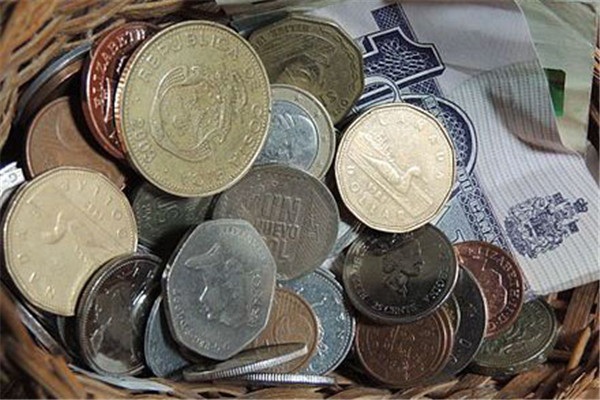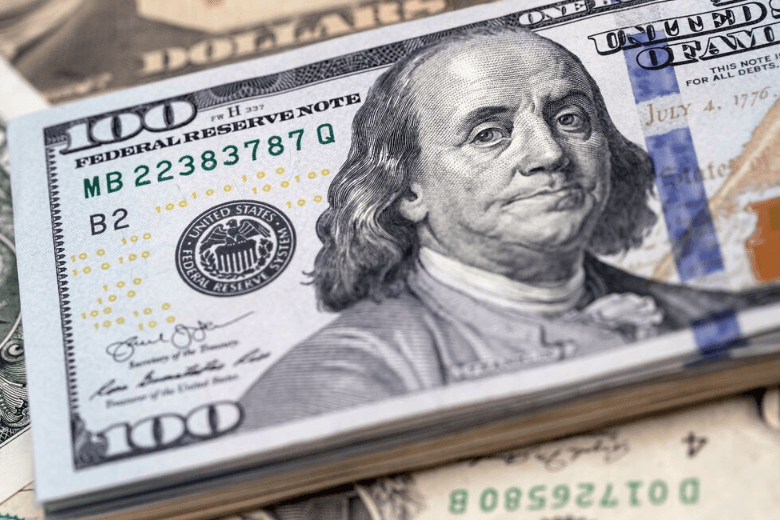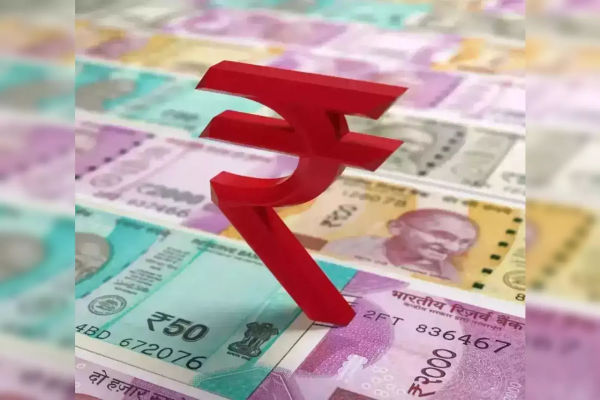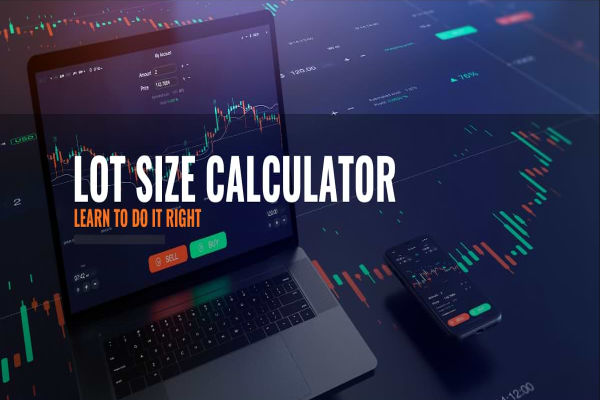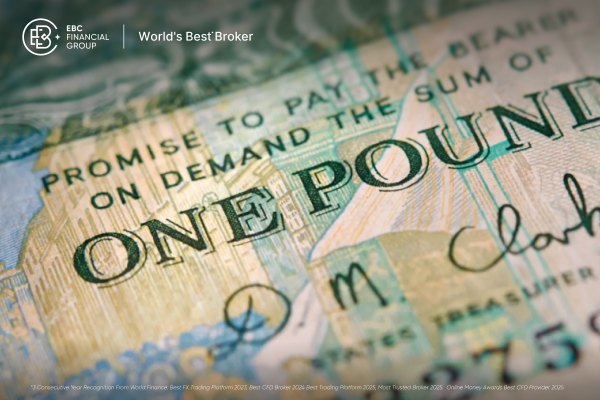Overview of a basket of currencies
A basket of currencies refers to a combination of foreign currencies used as
a reference for setting exchange rates, and the proportion of a foreign currency
in the combination is usually based on the importance of that foreign currency
in the country's international trade. For example, if 40% of a country's imports
and exports are denominated in US dollars, the weight of the US dollar in the
country's basket of currencies may be 40%.
The People's Bank of China announced that, with the approval of the State
Council, starting on July 21, 2005, China will implement a managed floating
exchange rate system based on market supply and demand, with reference to a
basket of currencies for adjustment.
The RMB has changed its exchange rate system from being tightly pegged to the
US dollar to referring to a basket of currencies.
The so-called reference to a basket of currencies refers to a country
selecting several major currencies based on their close trade and investment
relationship, setting different weights for different currencies to form a
basket of currencies, and setting a floating range. The country's currency will
float within the range based on this basket of currencies.
There are approximately five current exchange rate systems internationally,
including the "dollarization" system, where other countries' currencies are used
as their legal compensation currency; A "linked exchange rate system" that
maintains a fixed exchange rate relationship between domestic currency and a
major international currency Pegging the domestic currency exchange rate to a
specific currency or basket of currencies, regularly reviewing changes in
domestic and foreign economic and financial situations, and resetting the
"adjustable pegged exchange rate system" with fixed exchange rate targets; A
"managed floating exchange rate system" in which the central bank can intervene
appropriately; And "fully floating exchange rate systems" such as the Japanese
yen, US dollar, and Eurozone currencies.
Method of constructing a basket of currencies
A basket of currencies is a composite currency formed by combining an
existing set of currencies in a certain way. A basket of currencies is not a
real currency but a unit of account and pricing standard. It is used by some
countries for exchange rate management, such as pegging their own currency to an
existing or constructed basket of currencies or referencing a basket of
currencies in Et constant exchange rate management.
From a technical perspective, constructing a basket of currencies involves
four stEPS:
1. Select the currency composition of the currency basket. To avoid practical
operational issues caused by the complexity of exchange rate and interest rate
calculations, the currency basket should be selected based on the close degree
of economic and trade relations with the country.
2. Determine the weight of various currencies. The weight reflects the
importance of the impact on the domestic currency exchange rate. In order to
stabilize the effective exchange rate, most countries choose bilateral trade as
the basis for calculating weights. On this basis, weights can also be adjusted
based on factors such as the country's position in the world economy, bilateral
capital flows, and direct investment.
3. Determine the base period exchange rate levels of the most important
basket currencies, such as the US dollar, domestic currency, and other basket
currencies. The determination of the base period exchange rate is very
important. If the base period exchange rate is not an equilibrium exchange rate,
there will be a systematic deviation in the calculated basket exchange rate.
4. Calculate the quantity of various currencies in the currency basket based
on the determined weights and base period exchange rates. For example, if the
base exchange rate between the domestic currency and the main basket currency i
is 8, that is, 1 unit of i currency is equal to 8 units of domestic currency,
and the weight of i currency in the currency basket is 40%, then the number of i
currencies contained in the currency basket is 0.05 (40%) × 1/8=0.05). The
weight of j currency in the currency basket is 10%, and the exchange rate is
li=10Oj, then the quantity of j currency contained in the currency basket is
1.25 (10% × 1/8 × 100). By analogy, the quantity of basket currencies can be
calculated.
Once the currency basket is determined, the basket exchange rate can be calculated based on the market exchange rate. For example, to calculate the exchange rate BER of a basket of currencies against currency i, convert the various currencies in the basket into currency i at market exchange rates and add them up. order ρ J is the quantity of currency j contained in the basket, ei, j is the exchange rate of currency i in the market against i, then BERi; the calculation formula is:
BERi= Σ ( ρ J * ei, j)
If the domestic currency is strictly pegged to that basket of currencies, then BERi is the exchange rate of the domestic currency against currency i.
Most domestic literature and scholars have the misconception that the weights of various currencies included in a basket of currencies remain unchanged. The fact is not that; the number of basket currencies is fixed and will only change when the weight is adjusted once. The determination of weight is only one step in constructing a basket of currencies, with the purpose of determining the quantity of the basket of currencies. In operation, the weight changes with changes in market exchange rates.
Disclaimer: Investment involves risk. The content of this article is not an investment advice and does not constitute any offer or solicitation to offer or recommendation of any investment product.
